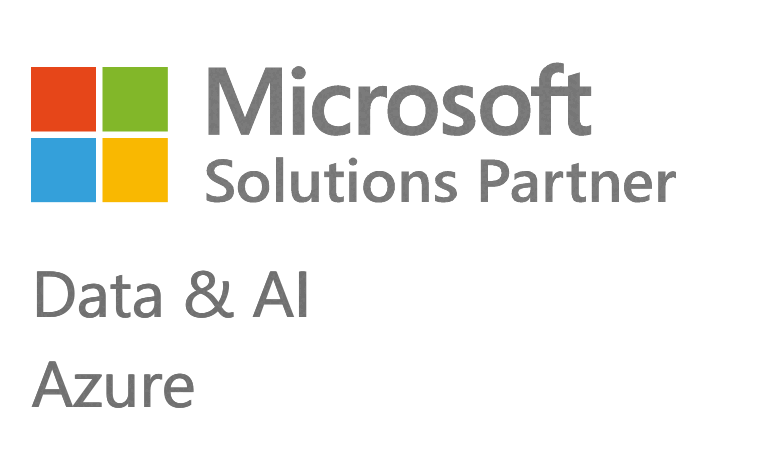CPU vs GPU: What is GPU Computing?
The Graphics Processing Unit (GPU) is specially designed processor for performing graphics-based tasks while relieving Central Processing Unit (CPU) to perform other computing tasks. Traditionally, GPUs were addons to desktops to improve tasks that involved graphics processing. Now, Apps4Rent offers GPUs that can be added in a dedicated mode to Cloud desktops and servers, or on Microsoft’s Azure cloud infrastructure.
 Dedicated Virtual Desktop Bronze
Dedicated Virtual Desktop Bronze
- 40 GB SSD disk space
- Open Office + Optional Office 365 ProPlus
- Dedicated 2 GB RAM and 2 vCPU
- Learn More
 Dedicated Virtual Desktop Silver
Dedicated Virtual Desktop Silver
- 50 GB SSD disk space
- Open Office + Optional Office 365 ProPlus
- Dedicated 4 GB RAM and 2 vCPU
- Learn More
 Dedicated Virtual Desktop Gold
Dedicated Virtual Desktop Gold
- 65 GB SSD disk space
- Open Office + Optional Office 365 ProPlus
- Dedicated 8 GB RAM and 4 vCPU
- Learn More
GPUs Speed Up Your System
From the user’s perspective, all the applications run smoothly and much faster as there are two units performing two different tasks.
The new term ‘General Purpose Computing Graphics Processing Units’ (GPGPU), which is nothing but GPUs assisting the CPU in general-purpose computing in addition to just graphics. This enables two-way communication between GPU and CPU, which vastly improves the speed and efficiency of the application.
GPUs speed up the performance of your applications as they are designed to perform specific tasks. For example: The code is run on traditional CPU, but the tasks that require intense computing in the application can be shared by GPU. This way, the application achieves its end-result much quicker and greatly enhances the graphics experience at the user’s end.
GPU vs CPU: Architecture
However, it cannot be generalized that one is better than the other. Both are very different solutions to very different problems. To put it in short, GPU relieves CPU of some computing tasks that are handled solely by CPU. As the name suggests, it took away all the graphics-related computing away from CPU’s workloads. In traditional computing, GPU rendered the data but could not send the information back to CPU. So, the information once passed to GPU, would not return to CPU. With modern GPU frameworks, there is two-way communication (CPU to GPU + GPU to CPU) for better outputs. GPU is no more just a ‘CPU for graphics processing. The most popular GPU frameworks are: CUDA (Compute Unified Device Architecture) and OpenCL (Open Computing Language). OpenCL is leading open-source GPGPU framework while CUDA is the leading close-source GPGPU framework. CUDA framework is proprietary of Nvidia, a leading technology company. Different applications support different frameworks. Some support both OpenCL and CUDA and some support neither. The advantage of OpenCL is that it supports a wide range of applications as it is customizable and open-source. However, there is a large list of applications supported by CUDA algorithm as well. If applications support both the frameworks, as a rule of thumb, go for the Nvidia’s CUDA framework as it is generally more efficient since it is close-sourced. Apps4Rent too deploys Nvidia’s Grid technology which is the most advanced technology for sharing virtual GPU’s across multiple desktops/servers. With GPU-accelerated Cloud Desktops, the platforms that require extremely high-end computing can be made available. The cutting-edge applications and platforms such Machine Learning, Artificial Intelligence, Augmented Reality, 3D Gaming, Simulations can be harnessed by installing GPU to your virtual desktop. Benefits of Having a GPU:


















